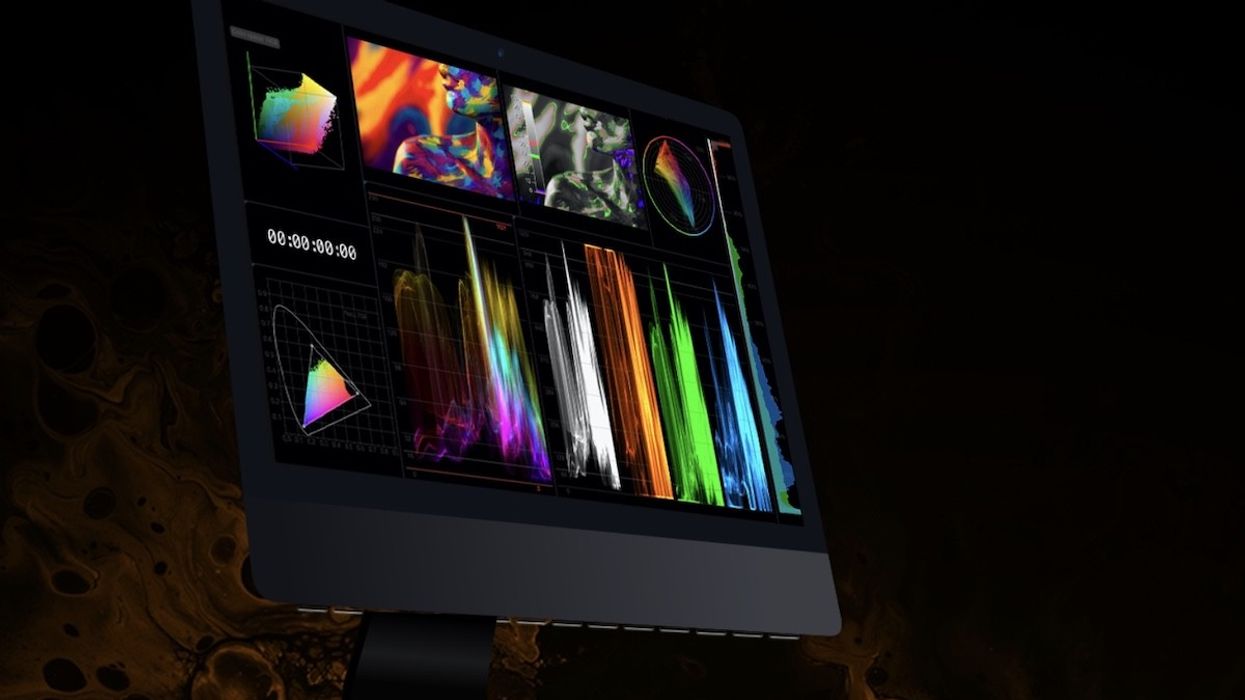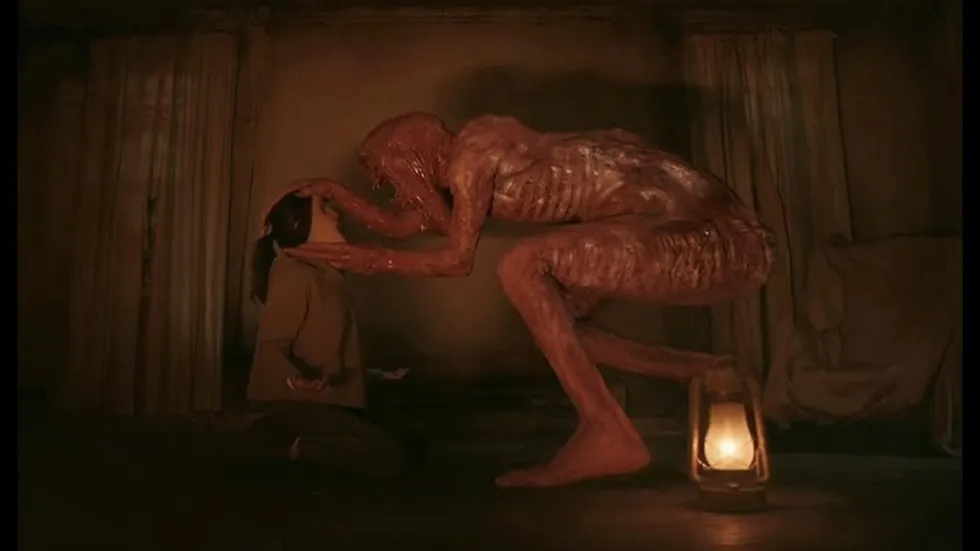Get More Info About Your Footage with Nobe Omniscope Video
We all want more good information about our video. With Nobe Omniscope Video, we can get it at a reasonable price point.

Time In Pixels, maker of the wonderful False Color plugin, among many other tools, has released a new production tool, Nobe Omniscope Video, for monitoring your video signal at an affordable price point if you don't need all the features available in the full-fledged Nobe Omniscope product.
While full Omniscope Pro runs $399 when on sale (and $470 normally), Nobe Omniscope Video comes in at $235, which is a great price point for those who want to evaluate their image properly but might not need some of the higher-end features of Pro.
What precisely does Nobe Omniscope do?
Well, almost everything you could ever want for analyzing your video signal.
It's got 13 different scope types, including classics like Waveform and Parade, but also newer tools like the 3D Color Cube and a host of False Color tools that allow you to analyze practically every important aspect of your image as you work. These can all be arranged, and saved, in a palette for whatever layout you prefer.
To get very detailed, you can even do qualifiers on your scopes, or shapes, and combine them.
Why is this useful? There's a ton of information going on in a scope, and sometimes it can be hard to pick apart just the key info you are looking for. Let's say you want to just see scope data for skintones; you can select skintones, and it'll be the only data getting analyzed.
If you have a very picky client on a commercial job, you can highlight out their product and ensure you are really dialing in the grade on their product to be precisely the color range they are looking for.
What are you missing out on if you go for Video instead of Pro?
If you bump up to Pro, you get 12-bit video (as opposed to 10), blanking detection, gamut check, and priority support. These are all things you are going to want if you are a facility using Nobe on machines delivering frequently to high-end broadcast and streamers, and dealing with tight deadlines. But they are things you can live without if you are working in a smaller shop or an all-in-one house, which makes the pricing on video make a lot of sense.
The key with products like Omniscope is that, while you can run them through OFX in a program like Resolve, you are likely going to get your best results running them on a separate machine, like an iMac or a Mac Mini, with a video input device like a Blackmagic mini recorder taking in the video signal you are putting out from you main grading machine. But it doesn't need to be the newest, hottest machine to run it.
Buying new you could get a $700 Mac Mini, a $399 monitor, a $115 mini recorder, and you have the hardware available to run exceptionally powerful scopes that previously would've cost you $1,000 per piece or more to get the kind of information you need. And those hardware scopes would've been bulky and not allowed you to do cool things like selections.
Nobe Omniscope video is available today. Check out the website for more info.














